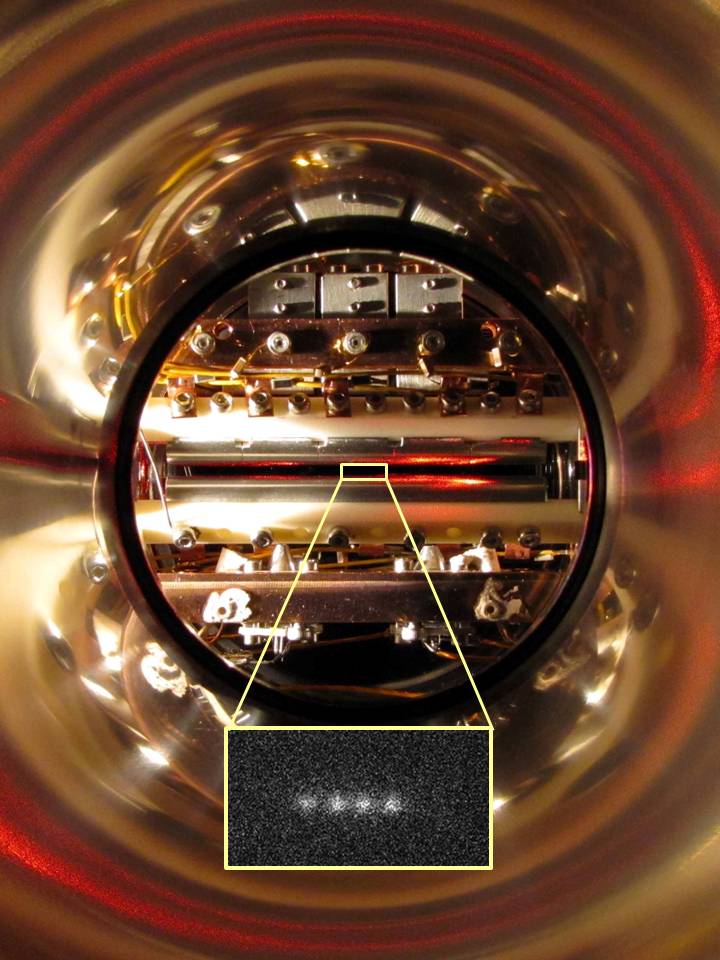Daily Image
10-03-2011Today's Colloquium:Optical atomic clock signals through optical fiber networks - Jeroen Koelmeij (LaserLaB Vrije Universiteit Amsterdam)
| Submitter: | Colloquium |
| Description: | Microwave atomic clocks are essential to such diverse technologies as very long baseline interferometry, global navigation satellite systems (e.g. GPS), and telecommunications. Recently, so-called optical clocks have become the most accurate time-keeping devices, surpassing the best microwave clocks in both stability and accuracy by more than one order of magnitude. With an accuracy that is currently approaching eighteen digits, optical clocks may have tremendous impact on science and technology in the coming decades. To tap into the full potential of optical clocks, networks for accurate time and frequency transfer (TFT) will be required. Unfortunately, current TFT networks such as GPS are not well suited as they are based on microwave clock technology. One promising approach is the dissemination of time and frequency signals through optical fiber networks for telecommunication. Recent experiments in European and US laboratories have shown that this technique allows for frequency transfer of both optical and microwave signals with more than eighteen digits accuracy. Moreover, these results were achieved using telecom optical fibers carrying live internet data traffic, which opens the door to widespread optical frequency dissemination of accurate clock signals through the telecom network. In my presentation I will discuss state-of-the-art optical clocks based on trapped atomic ions, frequency dissemination through optical fibers, ultrastable lasers, and the optical generation of ultrastable microwave signals. I will describe these techniques also within the context of the joint FOM-research program at VU Amsterdam and KVI Groningen, for which an ultrastable laser and an all-optical fiber connection (through the SURFnet network) between VU and KVI are currently being installed. Figure above: Ion trap at VU Amsterdam containing four laser-cooled beryllium ions with a temperature of several millikelvin (inset, CCD camera image). Such devices are at the heart of today�s most accurate clocks. |
| Copyright: | Jeroen Koelmeij |
| Tweet |  |
